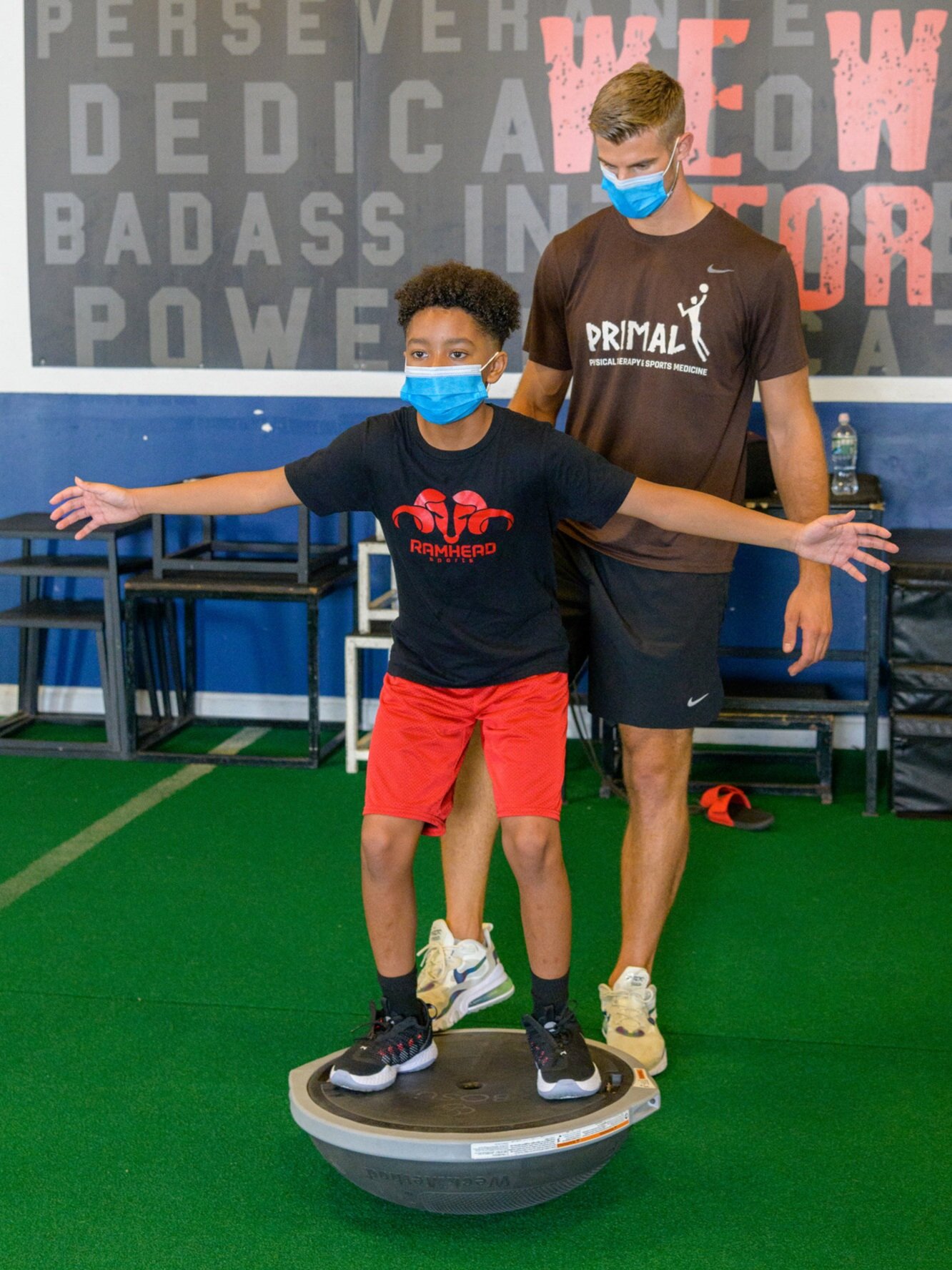
About Primal
Primal is patient-centered care that educates and coaches every client through whatever is standing between them and their goals.
We are relentlessly dedicated to helping our clients evolve their movement mechanics and learn how to tap into their inner beast.
What’s the difference between Physical Therapy and Sports Medicine?
The easiest way to break this down is like this – sports medicine is just very focused skilled physical therapy that is being performed with sports specific goals/aspirations in mind. Whereas “typical” Physical Therapy is more related to functional goals that are related to daily tasks and occupational demands.
Here’s a few goals that will make things even easier to understand:
Sports Medicine Goals
Athlete will be able to sprint for 100m, 10 times in under 10 minutes.
Athlete will be able to participate and fully return to practice with contact without restrictions within 4 weeks.
Physical Therapy Goals
Patient able to ambulate without an assistive device for 50 feet and perform a standing-sitting transfer to/from the toilet.
Patient able to elevate her RUE to 120 degrees of flexion so that she can lift the #2 milk jug from her fridge.
So clearly, there is certainly a line that needs to be drawn when working with certain athletes throughout their rehabilitation protocol. And with today’s private insurance reimbursements – it makes it even MORE difficult to get the best treatment within the constructs of your insurance plan.
For those athletes that are looking to push past their prior level of function, increase their overall athleticism/performance, and crush their sports-specific goals, then Primal Physical Therapy and Sports Medicine is the obvious choice for care.
Biomechanical Screen and Dynamic Movement Assessment
Part of what makes Primal Physical Therapy & Sports Medicine, Inc. unique is that we offer a free 30-minute biomechanical screen and dynamic movement assessment to help identify limitations, any potential risk factors for injury, and help patients feel and recognize where their instabilities/dysfunctional movement is coming from.
Performing the SFMA assessment, combined with a dynamic movement and stability assessment, will provide a comprehensive snapshot of how the individual is moving a particular way. The intention of the assessment is to help each individual realize their areas for potential growth/change, and how we as clinicians, will be able to guide them to reaching their goals and optimizing their movement patterns. Once this assessment is completed, a plan of care can be developed and executed by the expert level clinician.





